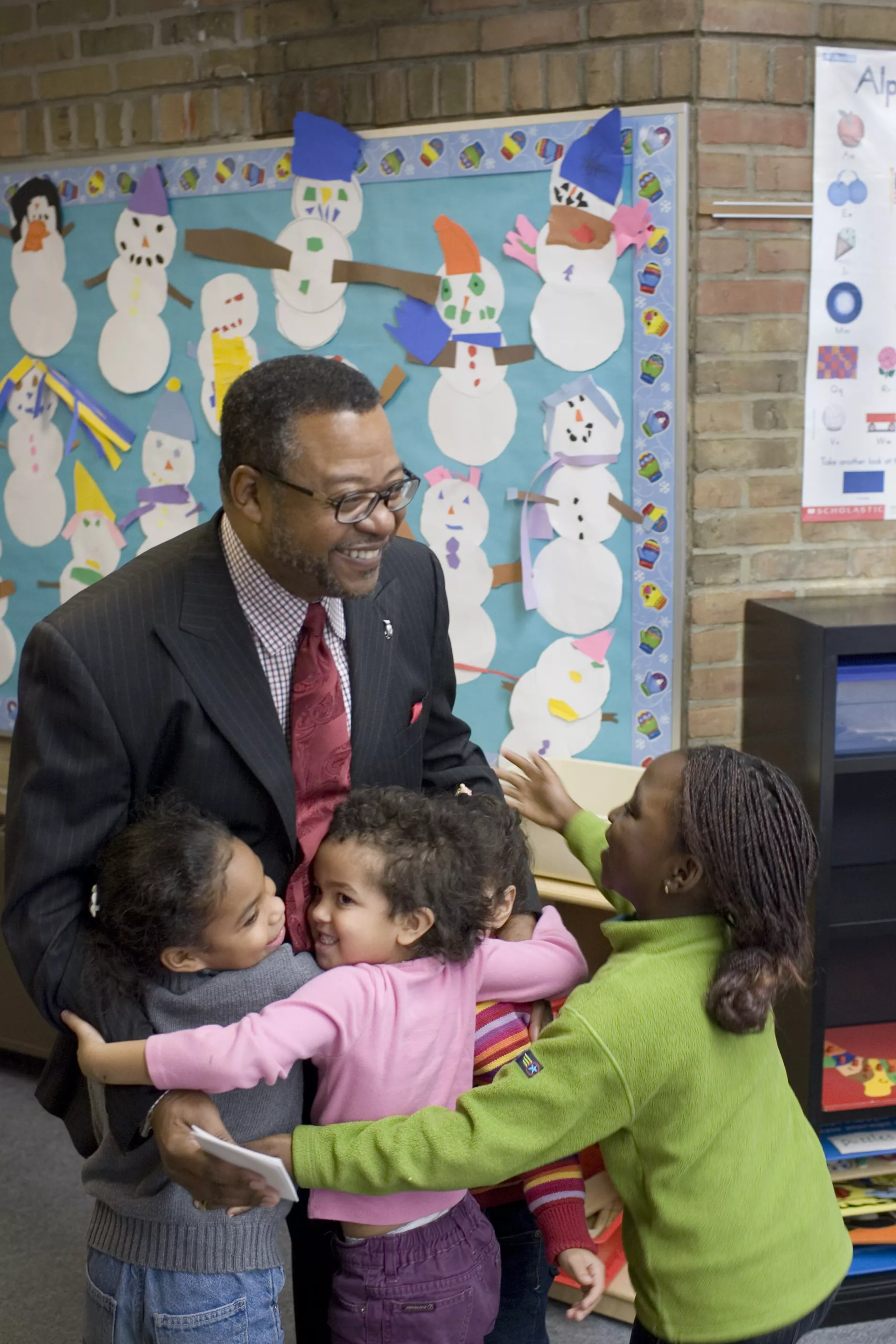Build confidence in your students and give them ownership of their education.
At the beginning of every school year, I read my students a letter to introduce myself. I talk about who I am, why I’m here, what I aim to give, and what my hopes are for them. That letter serves as my first step (of many) to build two-way personal relationships with my students. These relationships are crucial to build confidence in your students and give them ownership of their education.
Give them a role in curriculum-building.
When I first started teaching high school, I decided to give my students the freedom that I craved at their age. Rather than have rules and a curriculum set in place before they enter the classroom, I collaborate with my groups to create the year that they want to have.
 Some of the other steps I take include:
Some of the other steps I take include:
Every year, the first assignment I ask my students for is to write what it is that they want to get out of my class. For reference, I provide the curriculum from the previous year. I ask them to let me know what they’d like to change, what I should emphasize, and what they want to accomplish. My students are always stunned—and excited—that their first grade is to help me create the curriculum for their class and to shape what it is that they’ll be learning.
We discuss expectations, and what it means to have and give respect. We discuss what it looks and feels like, both physically and emotionally.
When they feel heard and valued, students feel cared about—that someone is genuinely invested in their education. And this will make them more invested in their education, too.
Take interest in their lives outside the classroom.
While you may think it’s obvious to your students that you care about them on a personal level, it may not actually be obvious. I try to remind my students through actions that I don’t just care about their education—I care about them as people. When students feel that you are invested in their whole person, they are more likely to invest in themselves.
 To show students I care, I take interest in what’s happening in their lives outside of the classroom, which often trickles into the room. When I feel that my students are having a particularly tough time, I invite them to write down a personal problem that may be bothering them and put it anonymously into a hat. I set the hat aside with the expectation that we will go through the lesson and address them later. After the lesson, we shake up the hat and pull out a couple to discuss. If we don’t get to a particular issue—or if they would prefer to discuss privately—anyone is welcome to stay after to talk to me one-on-one.
To show students I care, I take interest in what’s happening in their lives outside of the classroom, which often trickles into the room. When I feel that my students are having a particularly tough time, I invite them to write down a personal problem that may be bothering them and put it anonymously into a hat. I set the hat aside with the expectation that we will go through the lesson and address them later. After the lesson, we shake up the hat and pull out a couple to discuss. If we don’t get to a particular issue—or if they would prefer to discuss privately—anyone is welcome to stay after to talk to me one-on-one.
This allows my students to set aside any external problems temporarily and focus on education, knowing that their problem is important to someone and will be addressed.
Give them ownership of their education.
From the first day of my class, my students are expected to take ownership of their education. But I don’t just tell them that and step away, I build my students’ belief in themselves that they are the master of their own learning. I often remind my students: once you leave high school, you have to pay for your education. While I will do everything in my power to help you succeed, it’s ultimately up to you if things go right or wrong.
As educators it’s our job to prove that we are invested in our students’ success, with the hopes that they’ll be actively invested in themselves as well. We’re meant to teach students to think for themselves, help them develop sound reasoning skills and send them out into the world prepared to continue chasing success on their own.



